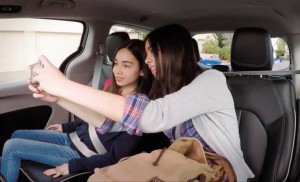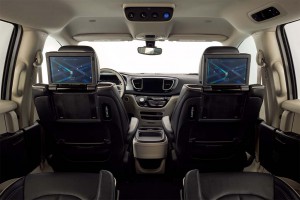Self-driving ride-sharing service is here. Well, it’s in Arizona, technically, but the day that Uber, Lyft and others have waiting for has arrived with the debut of Waymo One, Waymo’s autonomous taxi and ride-sharing service.
The service operates in a 100-square-mile zone covering four Phoenix suburbs: Chandler, Tempe, Mesa and Gilbert. The company has been testing its vehicles in the area since 2016, including offering free rides earlier this year to generate some goodwill for autonomous vehicles.
“Over time, we hope to make Waymo One available to even more members of the public,” John Krafcik, Waymo’s CEO wrote in a blog post. “Self-driving technology is new to many, so we’re proceeding carefully.”
Proceeding carefully is important given the collision between a self-driving Uber vehicle and a pedestrian in Tempe earlier this year. The pedestrian, who was walking her bike across a four-lane highway, was killed. Uber halted testing for months, only resuming in on a limited basis in Pittsburgh last month.
(Uber aiming to relaunch autonomous testing on public roads. Click Here for the story.)
Waymo is clearly ahead of the competition when it comes to offering driverless ride-sharing; however, even these vehicles come with a safety driver — for now. The company did not offer a timeframe for when those drivers would be removed from the vehicle.
Using Chrysler Pacifica minivans, Waymo is looking to make the drive as comfortable as possible. The minivan’s feature video screens mounted in the rear of the headrests. They offer a welcome message to riders, as well as providing other information during the ride itself.
(Click Here for more about Waymo testing in California.)
The touch screens offer a button allowing riders to call a Waymo operator who can answer questions or address concerns. To keep passengers aware of what’s going on, the system offers audio cues before it turns or executes certain maneuvers.
Waymo has been testing vehicles for about a decade and the current fleet of 600 vehicles has logged more than 10 million miles in 25 U.S. cities. Real-world miles are expected to start creeping up soon as the technology improves and becomes more accepted.
(To see more about the “lack of trust” in self-driving tech, Click Here.)
The Boston Consulting Group, for example, last December forecast as much as a third of the miles Americans clock on the road by 2030 will be in driverless vehicles operated by ride-sharing services like Uber and its rival Lyft.


